I have to solve a problem with EV3, using language C with ROBOTC.
I am trying to find a ball in the field, grab it and drop in the triangle area. I'm using a ultrasonic sensor in front of the robot.
My solution for now is:
Turn 360 degrees and find the closest object. After finding the ball, I would like to drop it in the reserved area. That's ok.
The big problem is:
How can I distinct the balls with the triangle area? After grabbing the ball, I need to drop in the trinagle.
How about the walls? How can I differentiate?
Steps: Turn 360 and find the closest ball. Go to the triangle. Drop it. Turn 360 and find the closest ball. And so on.
But with sonic sensor, I can't distinct what's the triangle area and balls.
Can you help me the best way?
It's following the images:

